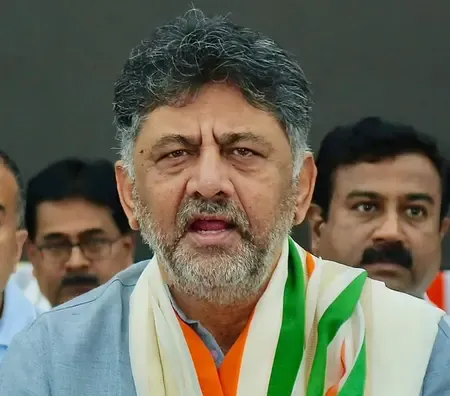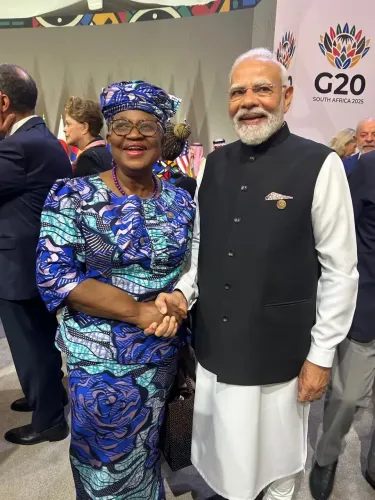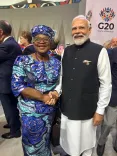Can Strong Corporate Growth and Government Support Offset the Impact of US Tariffs on India?

Synopsis
Key Takeaways
- Corporate balance sheets are currently strong.
- The Indian government may provide support for impacted sectors.
- The 25 percent tariff affects key industries.
- Potential trade agreements are on the horizon.
- Growth in domestic demand may offset some export declines.
New Delhi, Aug 12 (NationPress) A recent report from Crisil indicates that robust corporate balance sheets, potential bilateral trade agreements, and anticipated support from the Indian government for affected sectors could help alleviate the credit impact stemming from increased US tariffs on India.
The report highlights that any supportive actions from the Indian government aimed at protecting tariff-impacted sectors will be crucial. The timing of the tariffs coincides with a period of significant strengthening in corporate balance sheets, which may help cushion the credit ramifications.
The introduction of a 25 percent tariff on goods imported from India into the US is expected to notably affect companies in sectors such as diamond polishing, shrimp, home textiles, and carpets.
Furthermore, an additional 25 percent tariff set to take effect from August 27, targeting crude oil imports from Russia, may render Indian exports to the US unviable, impacting not only the aforementioned sectors but also ready-made garments (RMG), chemicals, agrochemicals, capital goods, and solar panel manufacturing, all of which have considerable trade exposure to the US.
“The degree of impact will depend on exposure levels, the ability to transfer increased costs to consumers, and the relative tariff disadvantages compared to other nations. Additionally, a potential slowdown in US demand and differing tariffs across countries could alter global trade dynamics, which requires careful observation. Any forthcoming trade agreements between the two nations will also need to be monitored closely,” stated the Crisil report.
Last fiscal year, the US represented 20 percent of India's merchandise exports and contributed 2 percent to its overall GDP.
For sectors like ready-made garments (RMG), agrochemicals, and capital goods, the ramifications of the 25 percent reciprocal tariff are likely to be more manageable, given their moderate exposure to the US (5-20 percent of overall revenue) and limited tariff disadvantages that may allow companies to partially transfer the impact to customers.
However, the additional 25 percent tariff will adversely affect all sectors.
In India's solar panel manufacturing sector, while volume growth and operating profitability are not expected to be significantly hindered, exports to the US account for merely 10-12 percent of total sales volume. This percentage is projected to decline this fiscal year due to increasing domestic demand.
While certain sectors, such as pharmaceuticals and smartphones, have significant trade exposure to the US, they remain exempt from tariffs for now. Meanwhile, tariff rates for other sectors, including steel, aluminum, and various automotive components, currently remain unchanged. Any adjustments to these rates will be closely monitored by the global credit rating agency.









